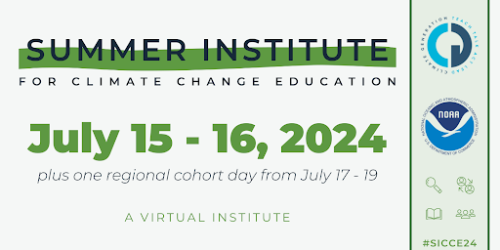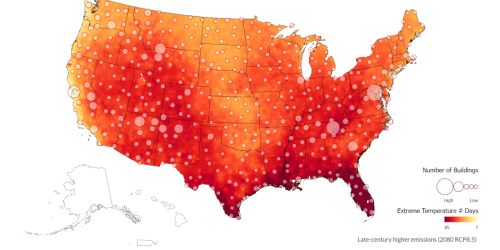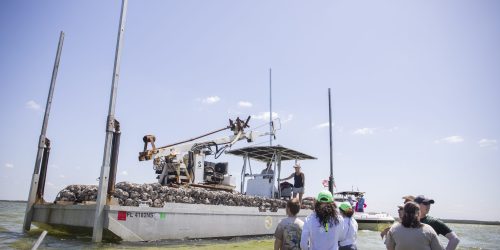Gulf of Alaska Climate Integrated Modeling Project (GOA-CLIM) Phase 2: From climate to communities in the Gulf of Alaska: an integrated modeling approach to support the climate adaptation and resilience of fisheries management and fishing-dependent communities







